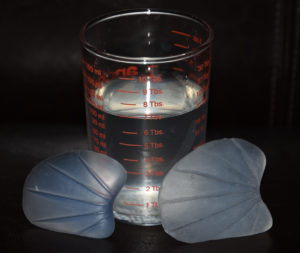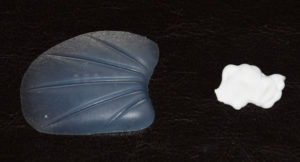Temporal augmentation has become a more recent aesthetic procedure. It is most commonly done using a wide variety of synthetic injectable fillers as a non-surgical approach or fat injections for more of a surgical procedure. While successful at creating a temporal augmentation effect, the cost and lack of persistence of injectable fillers and the unpredictability of fat injections leaves room for a more predictable and permanent treatment option.
The development of temporal implants provides another option for temporal augmentation. Now available in a variety of shapes and sizes, the lower half of the non-hair bearing temples or the entire temporal region up to the forehead can be augmented. Placed through a small vertical incision in the temporal hairline, they are placed in a subfascial location as a muscle-enhancing implant. But it is an invasive procedure and requiring the need to have a synthetic implant placed so some patients may want to have an injectable treatment method first.
A relevant question in this spectrum of temporal augmentation methods is how does an injectable filler in the temples compare to a temporal implant? How does the volume of an injectable filler compared to the displacement effect caused by a solid implant?

TEMPORAL IMPLANTS
Small 3.95 grams 1.4 ml
Medium 7.17 grams 2.1 ml
Large 12.26 grams 3.2 ml

Volume alone, however, is not the complete story of any material’s external facial augmentation effect. Besides volume there is the issue of how well the material pushes on the overlying soft tissues to create their effect. This is known as G Prime Force or the elastic modulus. By feel it is obvious that implants are stiffer than any liquid material and would have a higher resistance to deformation. (thus creating more outward effect given a similar material volume) It is therefore probable that comparing volume displacements alone overestimates the effect of injectable fillers compared to implants.
Dr. Barry Eppley
Indianapolis, Indiana


